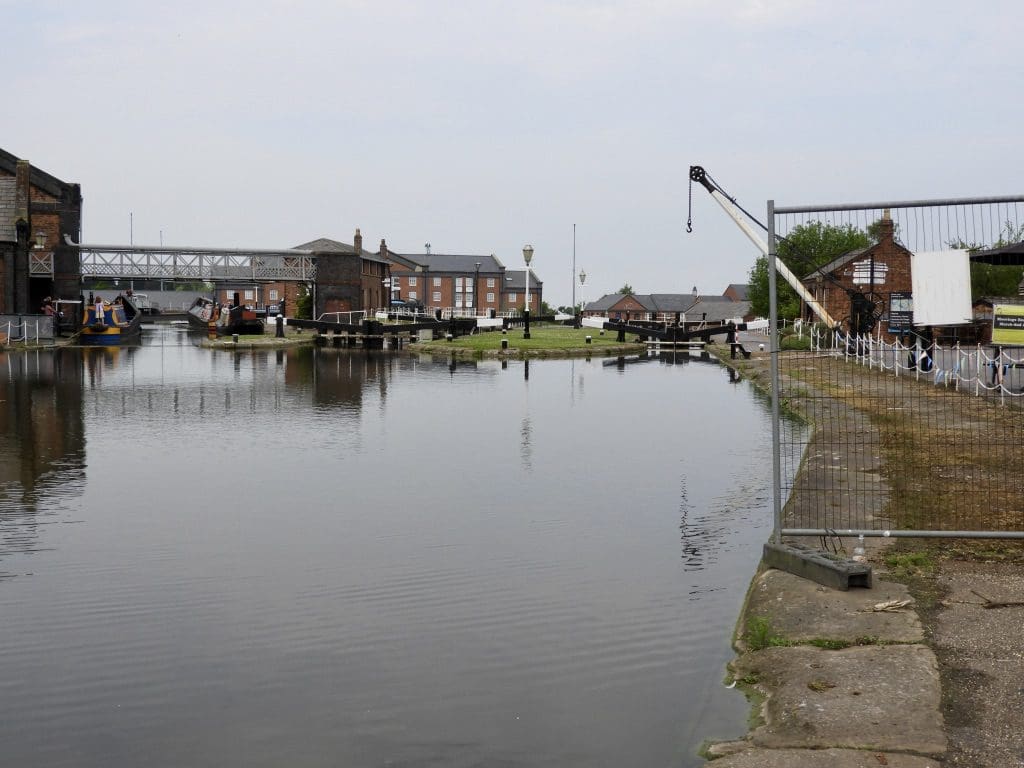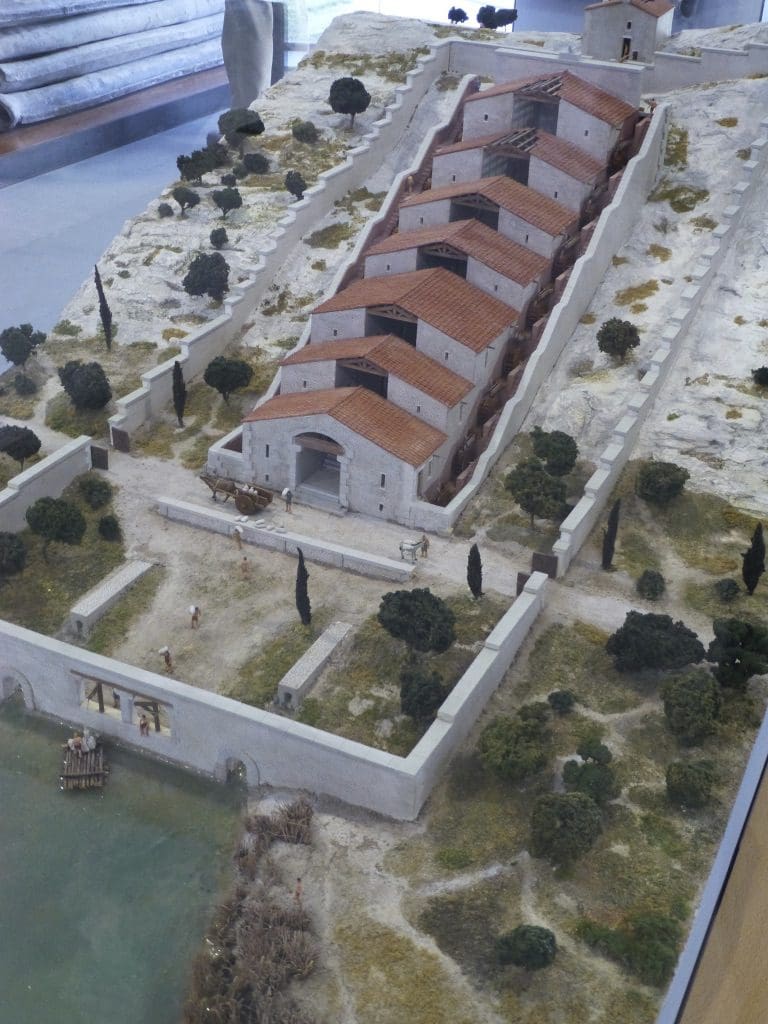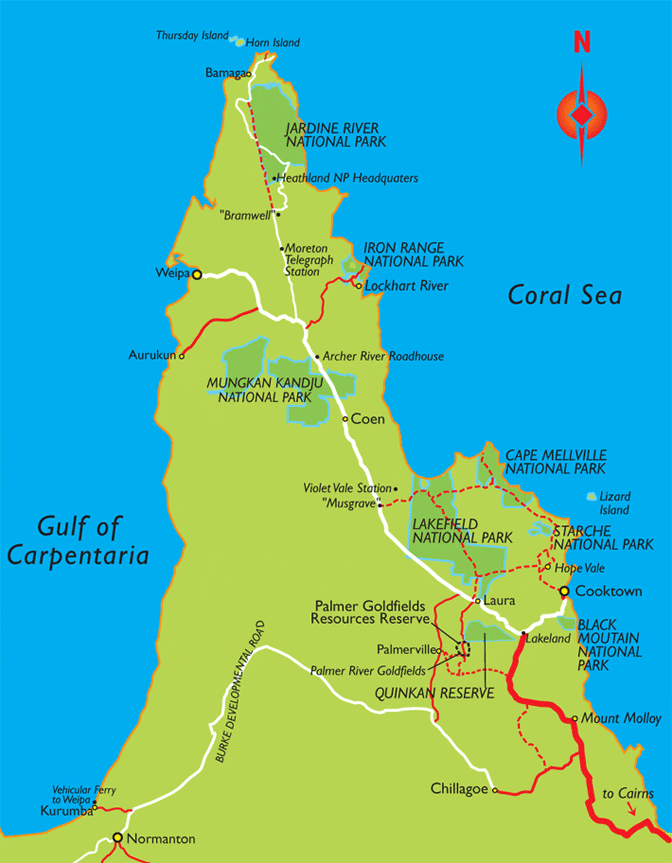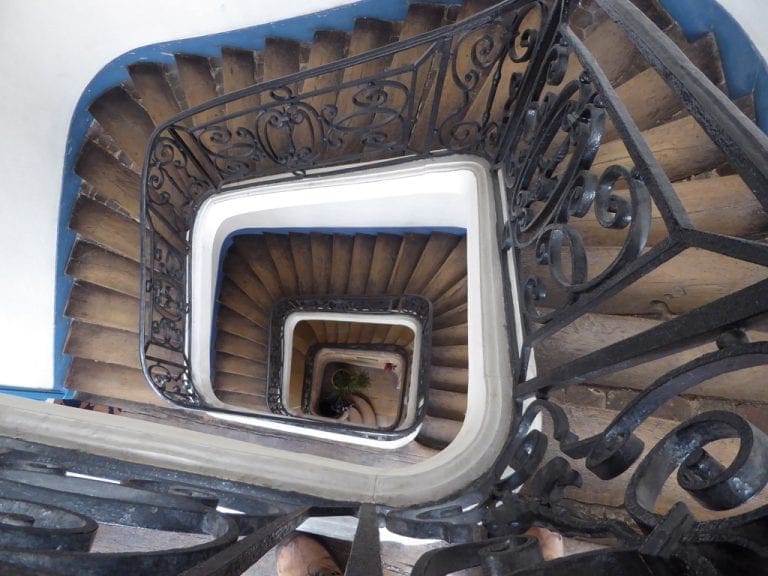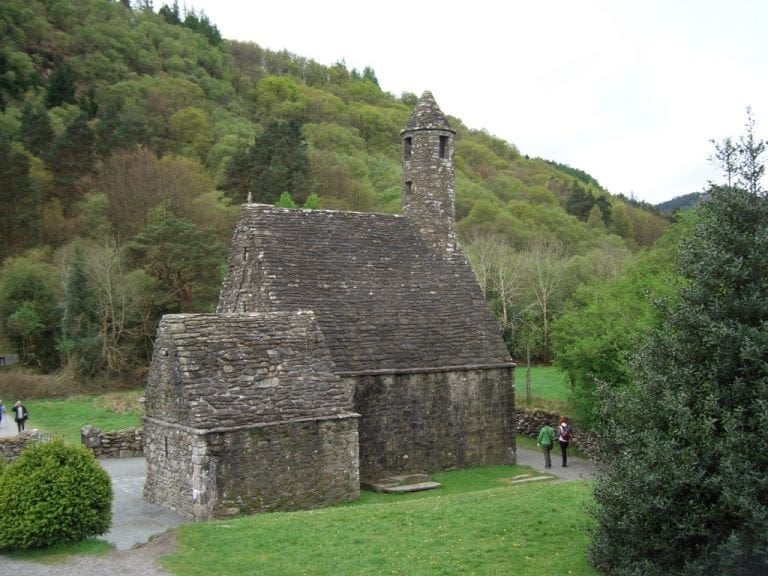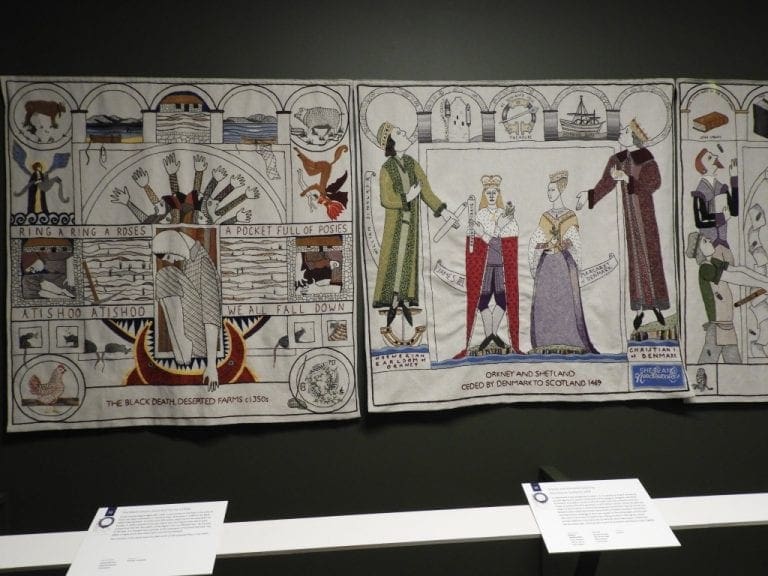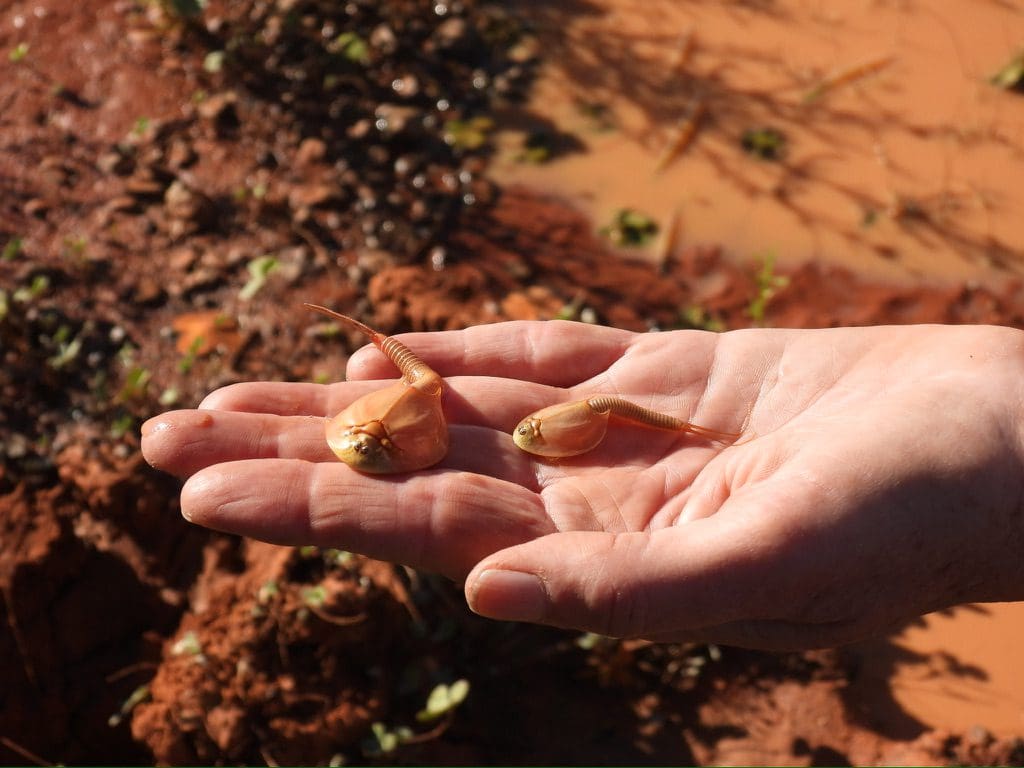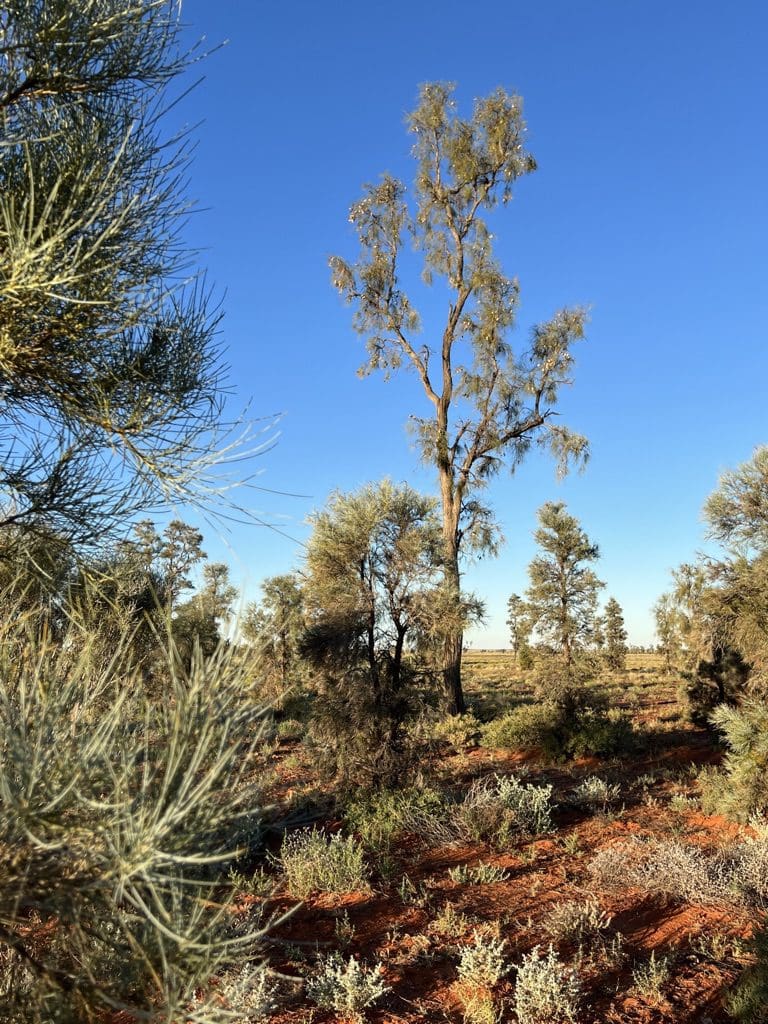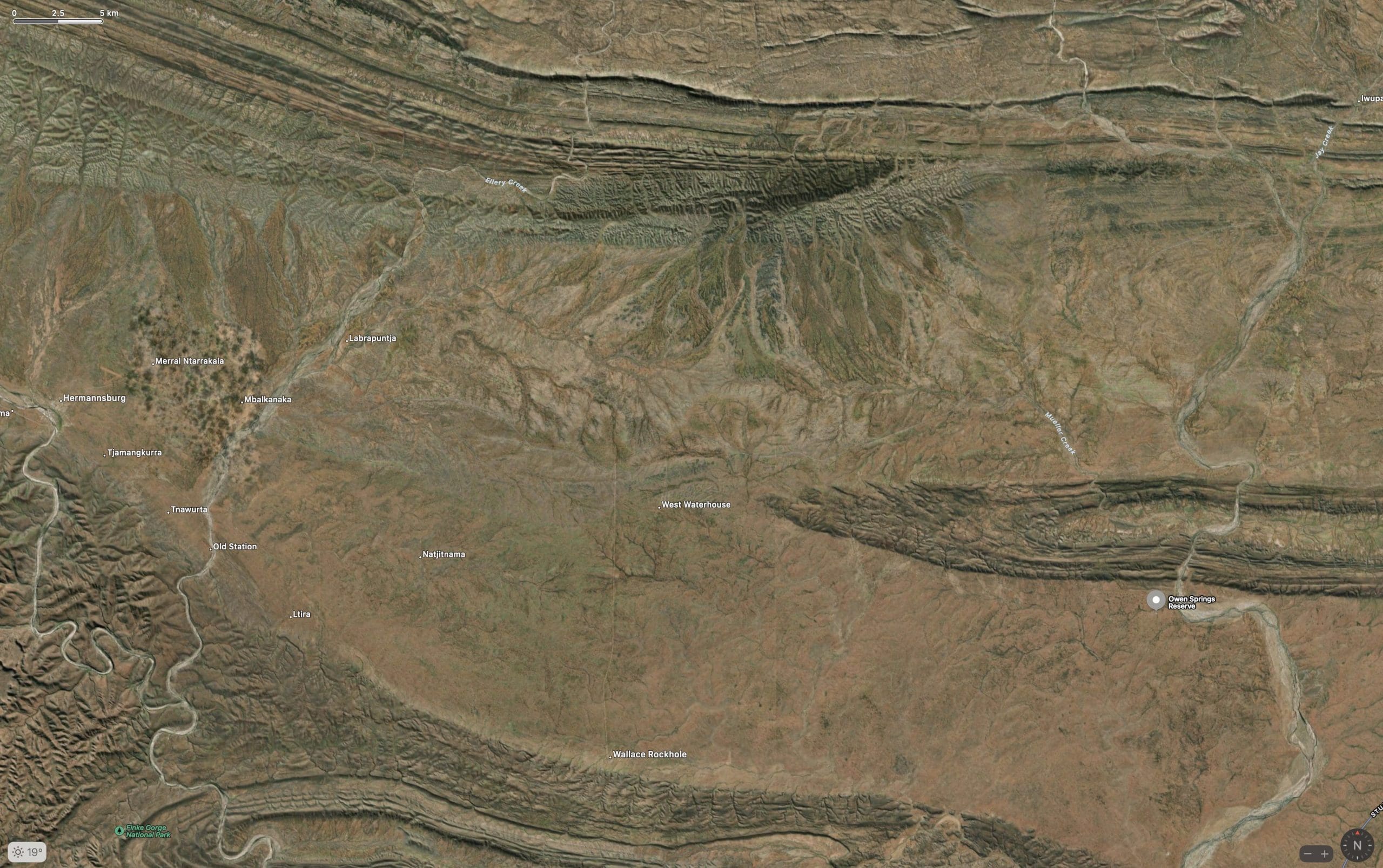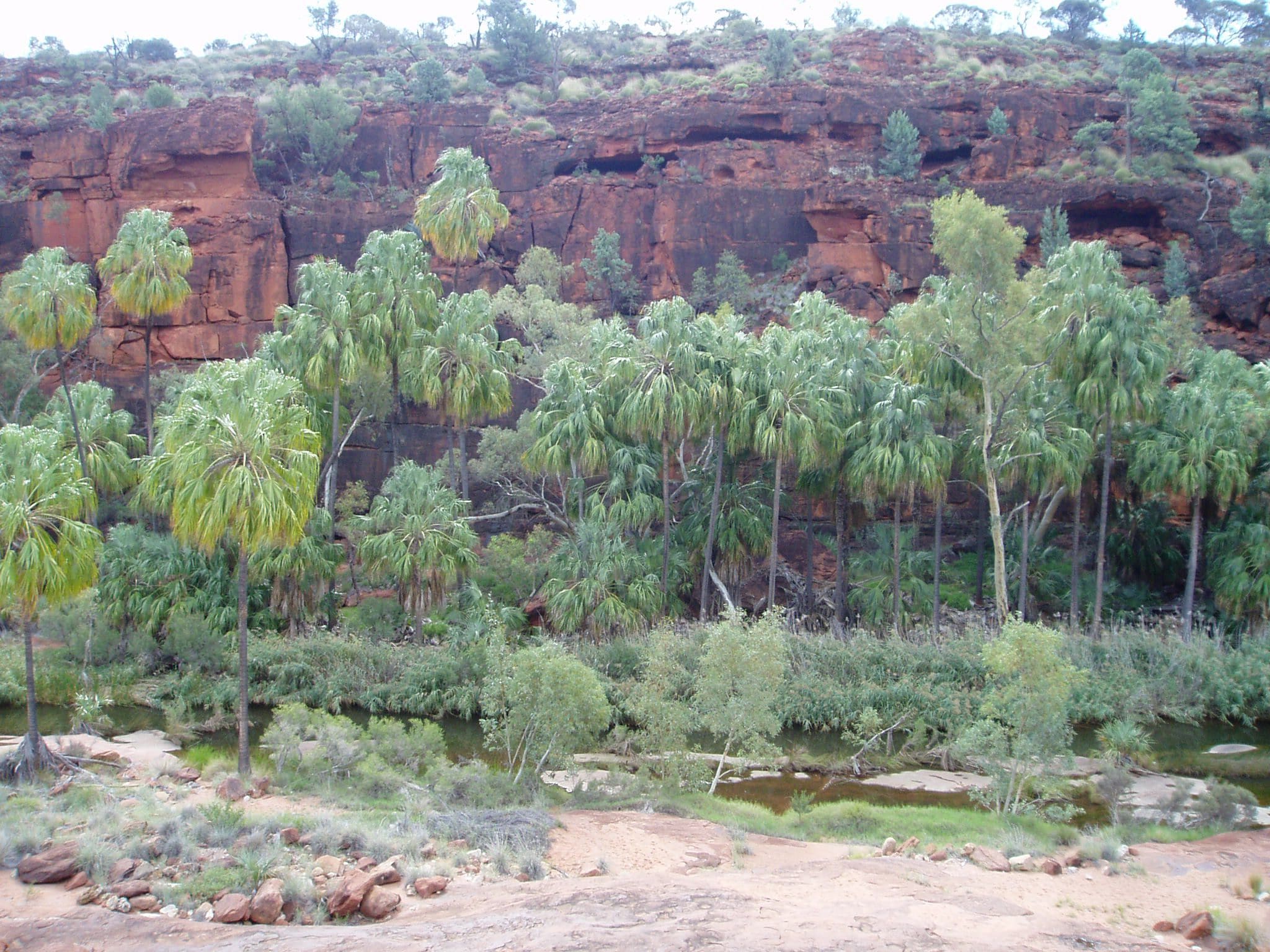Europe Trip 2018 – week 4 Cheshire Liverpool
 |
| The hydraulic system is hidden in the middle Most of the structure was added for the electrical adaptation |
Thursday 24 May 2018. Day 24. Quite a day – we overdid it a bit. We drove (1 1/2 hours) from Ironbridge to Frodsham – our next accomodation (5 of 22) Homeaway again. Along the way we stopped in at the Anderton Boat Lift – another marvel of the industrial age. This was a hydraulic boat lift built in 1875 to affect a join between the River Weaver Navigation and the Trent & Mersey Canal (on higher ground). Locally mined salt and pottery products from Stoke-on-Trent (eg Wedgwood) needed a more efficient way to their markets and the boat lift avoided triple handling. Before and after construction of the boat lift, Anderton was a major port on the Weaver. The hydraulic boat lift had two ‘tanks’ that operated together connected by a pipe. As one tank (with its boat) went down the other tank (with its boat) went up.
 |
| 190K to 255k tons a year between 1898 and 1915 32 boats an hour |
Because of displacement of water, regardless of boat load and size, the weight of each tank, water and boat was exactly the same as the other tank, water and boat – even without the boat. By taking a bit of water out of the bottom tank, it was suddenly lighter and so the upper (now heavier) tank would sink. Very little external energy was needed to drive the lift. Gravity did the work. The Hydraulic Boat Lift operated without problems for 6 years, ie to 1881. Unfortunately, this was a very polluted chunk of river (salt discharge from flooded mines and burning poor quality, highly sulphurous coal) which corroded important bits of iron of the lift – which began to break off. By 1906, things had really deteriorated and an electric solution was implemented (which used external counterweights and bypassed all the iron corrosion issue). The lift was finally closed in 1981. It was subsequently changed back to its original hydraulic operation as a ‘living museum’. Hydraulic pressure and pumps – levers to transfer energy – were another of the crucial links necessary of discovery for the ‘industrial revolution’ to flourish. We went down in the lift and along the river a short way in the boat.
We then visited Great Budworth from where Geoff had one set of 3G grandparents. A very substantial church surrounded with gravestones.
Friday 25 May 2018. Day 25. A morning off to recover from overdoing it yesterday. We’ve known for quite a while that one of the major stressors of travel is having to find our way around a series of new apartments. In England, the predominant stressor is the narrow twisting roads hemmed in by hedges together with bad driving. The road has countless ‘SLOW’ officially painted on the surface. This is not because the corner is too tight for you to negotiate. It is because there is close to 100% probability that you will find yourself head on with a car on the wrong side of the road. There are always cars on the wrong side of the road – because they have gone too fast around a corner, because they are avoiding parked cars or (I’ve begun to suspect) because the road rules do not apply to them. This is exacerbated by the huge number of people commuting large distances each day and the large cars being driven on roads whose structure has not been changed since they were mainly used by horses. The road infrastructure is way inadequate for the traffic. Is this country broke? Britain is not spending a large percentage of its tax income on road infrastructure.
Afternoon, we went to visit the Port Sunlight Museum – where all that Sunlight soap we used came from (Sunlight, Lifeboy, Rinso, Lux). Built by William Lever who, in a world first, used vegetable oil (rather than animal tallow) to make soap in 1884 and changed the way people could wash themselves and their clothes. It became a very rough, tough, competitive market. (Including a hate campaign run by the Daily Mail newspaper because Sunlight cancelled advertising with them.) Lever – a self-made man who began as a grocer and became one of the richest men in England – built a large architect-designed village to house his workers and their families. It could be a model village even today – 100 years later. Very innovative social reformer.
Saturday 26 May 2018. Day 26. As it turns out, this is a long weekend in England (Monday is a public holiday called a Bank Holiday). Tonight is also a European Cup final football match between the local Liverpool FC and Real Madrid. Today, we went to the Merseyside Maritime Museum. A bit of an adventure navigating the Mersey Tunnel and finding the huge parking station that serves inner Liverpool. As it also turns out, there is a parade of tall ships on Monday and thousands of people (many with their Liverpool FC scarves) flocked to the docks to see them. The Merseyside Maritime Museum has displays on the sinking of the Lusitania (a Cunard passenger liner torpedoed 7 May 1915 at 2:10pm just off Liverpool – her home port and where most of the crew lived; 1,191 people killed) and Titanic (built in
Liverpool, hit iceberg 14 April 1912 – more than 1,500 killed), Merchant Navy in WWII, and Slavery (very confronting – though I would say that it failed to address many main issues – large numbers of Brits owned slaves and much of Britain’s wealth was built on the broken bodies of Africans. According to a large diagram, very few slaves went from Africa to North America – most went to Brazil. Really?). Very grim and distressed faces walking through. We are now completely Museum-ed out.
 |
| Survival graph for passenger class. First class survived. Third class died. |
For those of a data analysis bent, Kaggle recently put up an analysis of who did and who didn’t survive of the Titanic passengers – here. Females and 1st class passengers had the best chance of survival; males and 3rd class passengers had a very poor survival chance.
Where we are at Carriage Drive, Frodsham, we are on the bottom edge of an escarpment of trees. Bird calls all day – wrens, red robins, wood pigeons, black birds. A few grey squirrels. It is a lovely restful place.

Sunday 27 May 2018. Day 27. After a quiet morning, we went for a walk around a bit of Helsby Hill which was an ‘iron age hill fort’. It certainly has a good view of the surrounding country. Sandstone for Liverpool and Birkenhead buildings was quarried from here.
Tomorrow, we are off to Derbyshire. The adventure continues.
